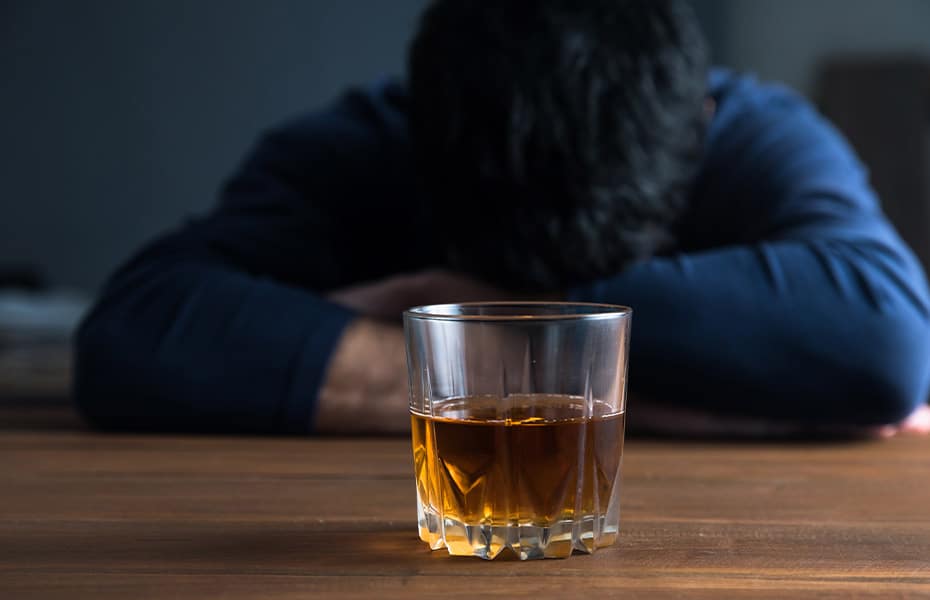Jun 6, 2024
How Long Does Opioid Withdrawal Last?
Opioids are strong painkillers that are also highly addictive, and difficult to recover from. When detoxing from opioid addiction, it’s important to understand that it can be a physically and mentally challenging process. Knowing what to expect, including the length of opioid withdrawal symptoms, can help you prepare.
Understanding the Opioid Detox Timeline
The detox process involves going without opioids to allow the body to detox from the substance completely. Opioid withdrawal duration is dependent on several factors, including what type of opioids have been used, and how much or how frequently they’ve been taken.
A person who has been using opioids short-term might experience very mild withdrawal symptoms. At the same time, detox will be significantly more severe for someone who has been using opioids for more than six months.
Short-Acting Opioids
The type of opioid will also influence the timeline of opioid withdrawal. Heroin users tend to have earlier and shorter-lasting withdrawal symptoms. With heroin, withdrawal symptoms begin to set in after about eight to ten hours. Symptoms may peak within the first three days and last up to a week.
Other short-acting opioids, including morphine, fentanyl, and oxycodone formulated to be short-release, will experience onset of withdrawal symptoms as early as eight hours but may be slower occurring, not kicking in for twelve to twenty-four hours.
With these types of short-acting opioids, symptoms generally last for a week to a week and a half.
Extended-Release Opioids
The final category of opioids is slow-acting or extended-release opioids. Methadone is an example of a slow-acting opioid, along with opioid medications that are formulated to be slow-release.
With these opioids, there is often a slight delay in the onset of detox symptoms. Typically, onset occurs within the first thirty-six hours.
The duration of withdrawal from opioids in the slow-acting category often lasts the longest. Withdrawal symptoms may continue for at least two weeks before they begin to taper off.
Stages of Opioid Withdrawal
The first stage of opioid withdrawal should be a full medical assessment. This generally happens after the opioid has been used for the last time. If you’re attempting to go through the opioid withdrawal phases on your own, we at the Massachusetts Center for Addiction want to encourage you to seek help.
The opioid detox process can be dangerous, and having medical and mental health support is important. The best place for detox is an inpatient addiction treatment center or a qualified medical facility.
The Next Stage – How Long Does Opioid Withdrawal Last?
Next, depending on how quickly symptoms begin, you may also be offered a mental health assessment. Once detox symptoms begin, the focus is entirely on supporting you through the process.
As symptoms begin, you’ll be monitored for the severity of symptoms and if you are experiencing extreme pain. Vitals will also be monitored, and it will be determined if you need additional support through hydration or other medications.
Depending on the type of opioid, withdrawal symptoms generally peak within one to three days. Addiction, detox, and recovery are extremely personal experiences. The withdrawal period for opioids happens on a slightly different timeline for each person who goes through the process.
Once detox is complete, an addiction treatment plan is discussed. This will take into consideration your history of opioid use, previous journeys through recovery, your physical health, and your mental health.
Is Opioid Withdrawal Dangerous?
The short answer is that, yes, opioid withdrawal can be dangerous. However, most people can navigate it safely, especially with professional help.
The danger with opioid detox is that vomiting and diarrhea are very common symptoms. This can result in dehydration and electrolyte imbalance. When combined with the additional stress the body is going through, it can create a situation where potentially life-threatening cardiac symptoms may arise.
Detoxing in an appropriately equipped inpatient detox addiction center can ensure that you’re able to free yourself from opioids in the safest way possible.
Managing Symptoms of Opioid Withdrawal
For those entering opioid detox, there may be a fear of the withdrawal experience. Supervised detox will ensure that the process happens safely, but in certain cases, there may be other options for managing withdrawal symptoms. These include tapering and medication-assisted treatment.
Tapering Recovery Timeline for Opioid Withdrawal
Tapering off opioids is a withdrawal process that is done with the guidance and supervision of professionals, either in the medical, mental health, or addiction treatment fields.
Often, this is a suggested approach to withdrawal from medically prescribed opioids. This is recommended regardless of whether they have been abused or used for an extended period. The concern about detox symptoms is a key factor in this approach.
Your care provider will determine a tapering schedule, in which you take fewer or smaller doses over time until you’re completely off the medication.
Withdrawal symptoms are still common as you begin to taper off the medication. However, they are generally less severe than a “cold turkey” detox. Irritability, anxiety, restlessness, increased pain, nasal symptoms, difficulty sleeping, and cramping are examples of common symptoms experienced with tapering.
While tapering is gentler and easier on the body than abruptly stopping the use of opioids, it’s important that you not go into the process expecting the detox period to be symptom-free. Having realistic expectations of opioid withdrawal in tapering is key to reducing the risk of relapse during detox.
Medication-Assisted Treatment (MAT)
Medication-assisted treatment (MAT) is a highly effective method of treating opioid addiction. MAT involves the use of certain FDA-approved medications that help to shorten the opioid detox duration, reduce the severity of symptoms, and lessen the risk of relapse in recovery.
Massachusetts Center for Addiction offers MAT as part of our addiction treatment continuum of care.
Seeking Help Is the First Step in Opioid Recovery
The withdrawal period for opioids is slightly different for everyone but can typically last anywhere from three days to two weeks. Proper care and management of opioid detox is important for the safest, most effective opioid recovery. If you have questions about opioid detox, we can answer your questions. Contact the Massachusetts Center for Addiction at 844-486-0671 today.

Contact Us

Address
Quincy, MA 02169
Start your recovery with
Massachusetts Center for Addiction
Our team is available 24 hours a day, 7 days a week to answer any questions you may have. Give us a call today and begin your journey toward long-term recovery.








